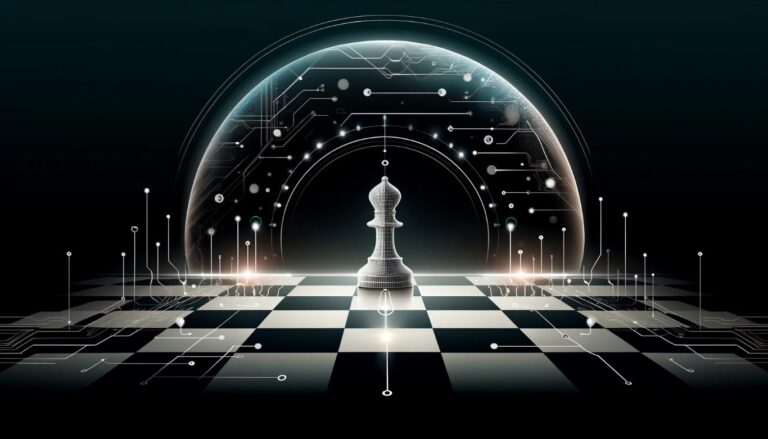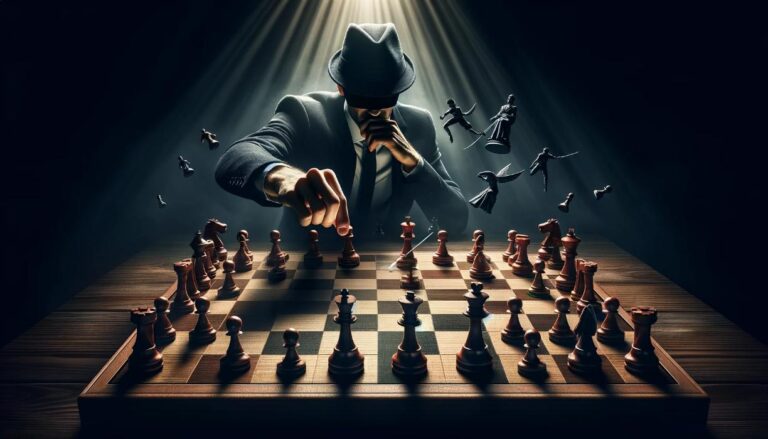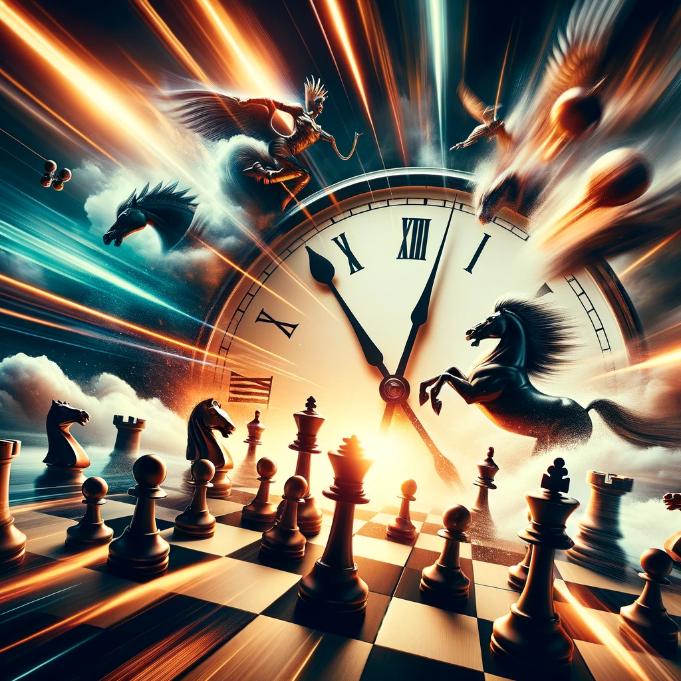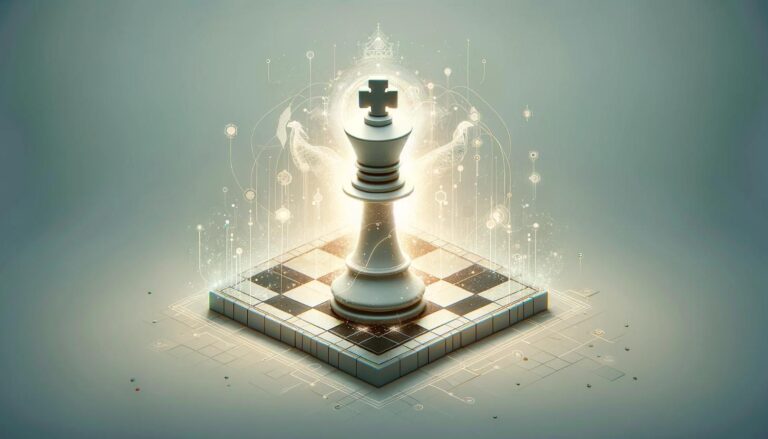Introduction
Crazyhouse Chess stands out as a thrilling variant of traditional chess, transforming the classic game by introducing a novel twist: captured pieces are not permanently eliminated but are instead held in reserve to be potentially reintroduced onto the chessboard by the captor. This element of recycling pieces injects new layers of strategic depth and complexity, captivating chess aficionados worldwide. Let’s delve into the origins of Crazyhouse Chess, its distinctive rules compared to traditional chess, and the significant role artificial intelligence (AI) plays in analyzing and elevating the gameplay in this dynamic chess variant.
Historical Background and Gameplay
The concept of Crazyhouse Chess first emerged in the 1980s, credited to American chess master Christian Freeling. It gained considerable popularity in the 1990s, fueled by the burgeoning internet chess community, and has since amassed a global following. While Crazyhouse Chess largely adheres to the standard rules of traditional chess, it diverges fundamentally in one aspect: when a piece is captured, it enters the capturing player’s “reserve,” ready to be dropped back onto the board as part of future moves, thereby remaining an active part of the game.
Role of AI in Analyzing Crazyhouse Chess
The addition of reserve pieces in Crazyhouse Chess opens a Pandora’s box of new strategic possibilities, making the game profoundly more complex to analyze and master. AI technology plays a pivotal role here, employing sophisticated algorithms to navigate through the game’s vast array of strategies and potential moves.
AI and Machine Learning Enhancements
AI not only helps in brute-force analysis but also employs machine learning techniques to study patterns from thousands of played games. This method allows AI systems to uncover winning strategies and subtle tactical nuances, offering players innovative insights and improving their gameplay. This continuous learning process is crucial in a variant as dynamically complex as Crazyhouse Chess, where the reintroduction of pieces significantly alters the typical flow of play.
Unique Challenges for AI
Mastering Crazyhouse Chess also presents unique challenges for AI. Unlike traditional chess, where the game’s complexity is somewhat fixed, the potential reintroduction of captured pieces in Crazyhouse Chess means AI must evaluate not only the present board setup but also anticipate multiple future states. This requires a more flexible and far-reaching analytical approach, pushing the boundaries of what AI algorithms are traditionally designed to handle.
Conclusion
Crazyhouse Chess enriches the traditional game of chess by adding a layer of unpredictability and strategic complexity through the innovative use of captured pieces. AI significantly impacts this chess variant by analyzing vast possibilities and developing strategies that might be beyond human calculation. Although AI faces unique challenges due to the dynamic nature of Crazyhouse Chess, it undeniably makes the game more exciting and accessible, offering players at all levels the chance to engage with a complex, strategy-driven world where every piece captured can return to haunt its captor.







